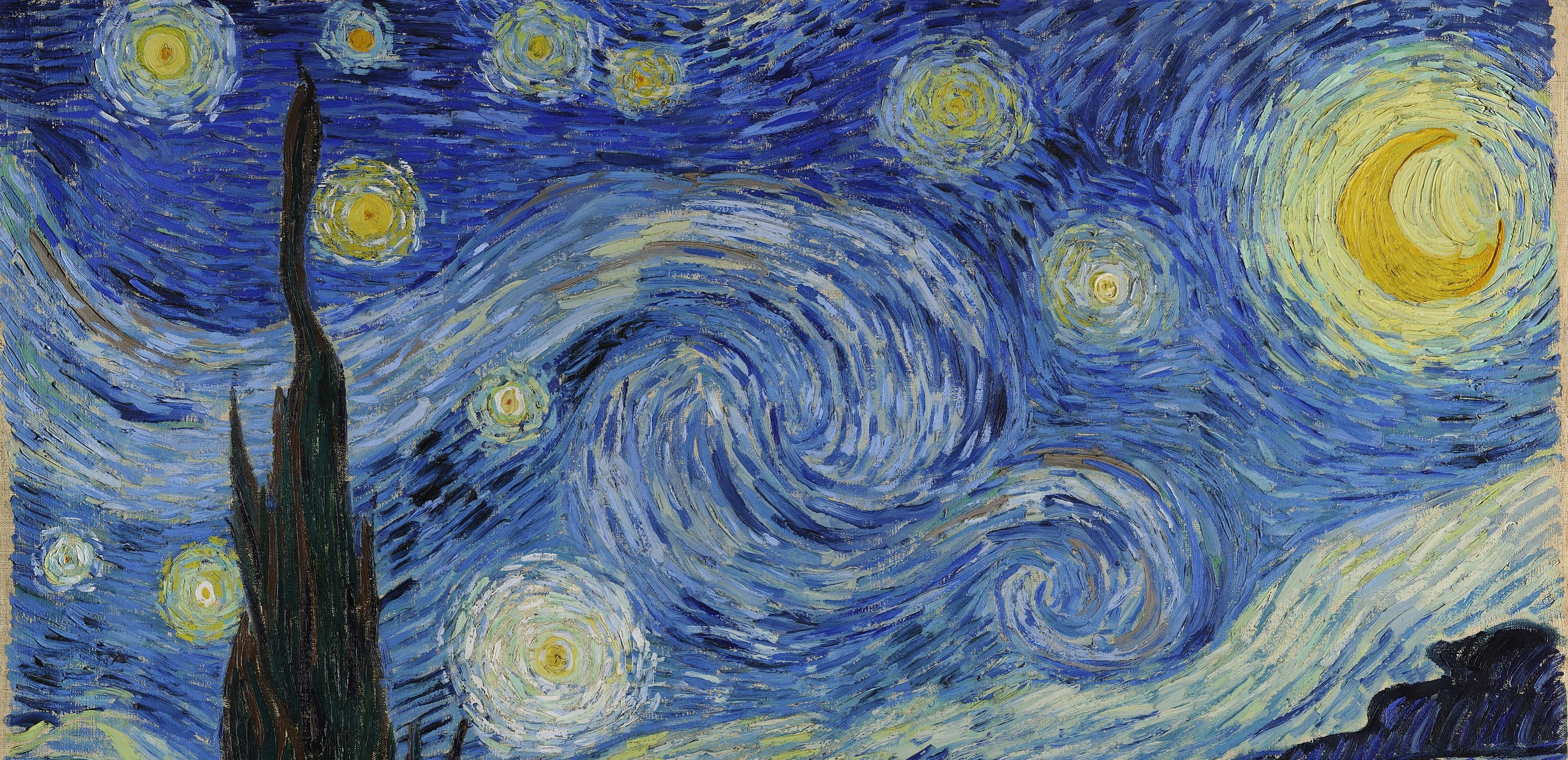
Ephemeral, or Enduring
Here today, gone tomorrow. Hidden today, valuable a hundred tomorrows from now.
52 years after van Gogh put brush to canvas, New York’s MoMA gave the painter its highest acclaim as it acquired his magnum opus The Starry Night. “Through his art and the tragic story of his life he has captured the hearts of people everywhere to a degree unapproached by any other painter of modern times,” wrote the MoMa’s director Alfred H, Barr, Jr. in a 1941 press release celebrating the painting. Yet it was too little, too late for van Gogh. For he was a troubled artist, “considered a madman and a failure” during his lifetime in Wikipedia’s blunt assessment.
The feedback loops in the art world were too long.
Five decades, as long as it seems, was indeed a relatively short wait for recognition in the art world. da Vinci’s Mona Lisa waited a century and a half for acclaim, another half-century for notoriety and fame after its theft from the Louvre. And that 200 year wait pales beside the millennia before cave painters received their due.
The world sped up. Knowledge increased. Millennia turned to centuries to decades to years to minutes.
The internet—or rather, Andy Warhol, for whom the art feedback loops were shortened enough to grant status and its accompanying wealth in his lifetime—promised everyone their “15 minutes of fame.” Fast, fleeting fame.
Your meme or Tiktok clip might well go viral for a moment. The odds of your art being remember as long as van Gogh’s, of creating something of truly lasting value that stands out of the crowd, feel longer than ever.
One of a kind.
“Status derives value from some source of scarcity,” writes Euegene Wei of humans’ search for status. Easy come, easy go—and the opposite holds true as well.
For the best paintings are incredibly scarce. There are only 860 or so van Gogh paintings—and of those, only a handful are instantly recognizable.
A unique pebble you found as a kid felt valuable, one-of-a-kind. Which, it was—only there are enough closely similar pebbles that we don’t value any individual pebble very highly. There are no close substitutes to The Starry Night, and so we value van Gogh’s original more.
Now imagine a world where van Gogh made simple color palettes, painted dozens of them each day, left hundreds of thousands behind when he left to the starry sky. Perhaps they’d take 10 minutes each to paint, and would show his skill in pairing colors and shades, but little more. They might still be valuable, might still be something you’d love to own—but the odds of any single palette fetching a hundred million dollars at auction would be slim.
The art’s value, to a degree, is in the distillation of months and years of practice, of trying and failing to get a concept on canvas before it all came together. Pair that scarcity with artistic genius and you get some of the art world’s most eye-watering price tags and memorable pieces.
Easy come, easy go.
You can’t churn out a new van Gogh-level piece in a few minutes. Few people would put in the years of effort to create van Gogh–level art. Thus scarcity, and its accompanying value and status.
It’s easy to Tweet, to share a 30 second clip on TikTok, to add a filter to a photo and Instagram it. You can do it almost without thinking.
It’s far harder to consistently blog, send a weekly newsletter, publish high-quality YouTube videos. It’s equally hard to truly master TikTok and Twitter, to start the next trend instead of jumping on it, to build detailed threads and a consistent brand voice that stands out.
And it’s harder still to author books, build blogs and YouTube channels and apps that stick around for decades, to follow van Gogh’s footsteps and turn a canvas into a masterpiece. "Good software takes ten years," wrote Joel Spolsky at the turn of the century—and that just might apply to any great creative endeavor, digital and analogue alike.
Yet the harder it gets, the more value you create. You can't create so many difficult things; you'll try harder, overthink them, and in the process make them better. You have to make them better; you value your time too much for anything else. You're in for the long haul.
“We’re here to make a dent in the universe,” famously quipped Steve Jobs. To do so takes time and effort.
It's that 10,000-hours-to-mastery trick, turned into 10,000 repetitions. Write, and write again. Paint a dozen variations of the same scene. Tweak and see what people like. Experiment. Keep at it.
Don’t just shout your idea into the void. Repeat it until it’s heard.
And wait; don’t get weary. You’ll publish daily on your blog for months before traffic starts to trickle in, ship a dozen updates that fly under the radar. Search and subscribers are a slow game, glacial compared to social networks’ more rapid feedback loops. Yet they're also more enduring—less so than a van Gogh, more so than a TikTok. Start ranking for a topic, and odds are you’ll keep raking for a while to come. Get someone hooked, build a fan base, and they'll keep coming back. And then you’ll get something else out there that sticks, and another thing, until others start thinking you’re an overnight success without seeing the hidden decades behind your work.
“If you’re going to try, go all the way,” wrote author Charles Bukowaski. “Otherwise don't even try.”
Along the way, you’ll create a magnum opus, something that distills all of your effort into one truly great thing. Something scarce, rare. Something hard to forget.
Your own dent in the universe.
